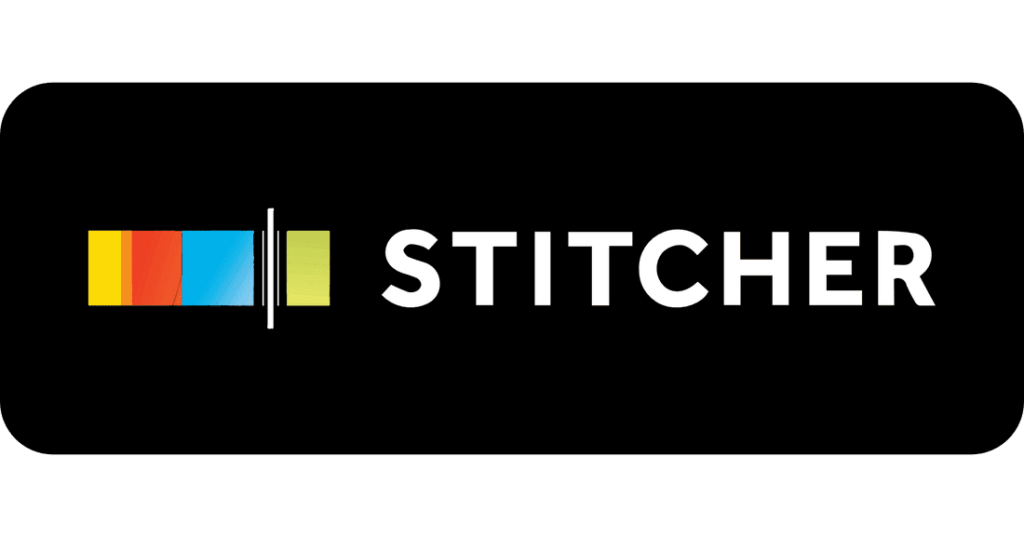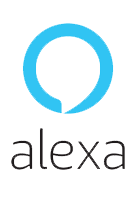Aunque la Semana de Salud Materna Negra está llegando a su fin, las disparidades de salud de las mujeres negras embarazadas aún siguen siendo un problema.
Del 11 al 17 de abril de este año, la elevada tasa de mortalidad de las madres está en la mira. Las mujeres negras tienen tres veces más probabilidades de morir por causas relacionadas con el embarazo que las mujeres blancas.
La doctora Patricia Egwuatu, médica familiar de Kaiser Permanente en Seattle, afirma que el racismo es la raíz de estas disparidades, porque crean barreras al acceso a la atención médica. Ella dice que la falta de acceso puede provocar problemas durante el embarazo que se pueden prevenir.
"Pero pueden existir antes del embarazo y empeorar durante este si no se tratan como parte de la atención a la maternidad," dice Egwuatu. "Por eso hay más embarazadas con enfermedades crónicas como hipertensión, diabetes y enfermedades cardiacas que se agravan durante el embarazo."
La Casa Blanca ha a href="https://www.whitehouse.gov/briefing-room/presidential-actions/2024/04/10/a-proclamation-on-black-maternal-health-week-2024/" target="_blank">publicado una proclamación reconociendo la Semana de la Salud Materna Negra. La administración de Biden comenzó a reconocer la semana en 2021.
Egwuatu afirma que existen algunos signos de alarma que toda mujer embarazada debe conocer y consultar con su médico si aparecen.
"Puede que tengas cambios en la visión que no sean normales. Visión borrosa, o un dolor de cabeza insoportable," informa Egwuatu. También podrías desarrollar una nueva hinchazón en las extremidades inferiores que te dificulte moverte o incluso una nueva dificultad para respirar."
Egwuatu dice que los médicos también deben reconocer el papel del racismo en la medicina. Dice que la formación médica continua es importante para aprender a enfrentar estos prejuicios. Por ello, Egwuatu afirma que es importante que los médicos comprendan cómo pueden proporcionar recursos a las personas.
"Hacer preguntas sobre las barreras personales," sugiere Egwuatu. Como, ¿El paciente tiene problemas para ir a trabajar, para el cuidado de los niños, o el transporte? ¿Cuál es su nivel de estudios, sus antecedentes culturales y su idioma? ¿Tiene teléfono celular para que podamos contactarlos?"
Divulgación: El Proyecto Kaiser Health Plan of Washington contribuye a nuestro fondo para informar sobre la prevención del abuso de alcohol y drogas, problemas de salud, hambre/alimentación/nutrición y problemas de personas mayores. Si desea ayudar a respaldar noticias de interés público,
haga clic aquí.
People who are part of the Deferred Action for Childhood Arrivals program, known as DACA, will be dropped from their CoveredCA health plans at the end of August.
The move comes after the Trump administration changed a Biden-era definition of "lawfully present" to revoke health care eligibility for thousands of immigrants.
Christine Smith, policy and legislative advocate for the nonprofit Health Access California, said people only have a few weeks to get medical appointments in before their coverage ends.
"If you're enrolled in Covered California and you're a DACA recipient, the Trump administration just ended your coverage," Smith emphasized. "People should use as much of your health care as you can before the August 31st deadline."
The Centers for Medicare and Medicaid Services defended the move, saying it will save taxpayers money. CoveredCA estimated the change affects about 2,400 DACA recipients in the state who make too much to qualify for Medi-Cal and have jobs not providing health insurance. They can still buy private insurance but it is much more expensive. People who prepaid for their coverage can seek a refund.
Smith predicted it will be a blow not just to those who lose coverage but to the state's health care system as a whole.
"The lines in the ERs are going to be longer because people are not going to be able to get affordable preventive care," Smith projected. "They're just going to get sicker and then end up in the ERs. People will overall incur more medical debt. Hospitals will have more uncompensated care."
The change is nationwide. As of mid-July, about 538,000 people in the DACA program across the U.S. are ineligible to enroll in any state-based insurance marketplace and are unable to access premium subsidies or cost-sharing assistance.
Disclosure: Health Access contributes to our fund for reporting on Health Issues. If you would like to help support news in the public interest,
click here.
Artificial intelligence is appearing more prominently in many aspects of life and research suggests older populations are curious, yet remain wary of using the technology in their everyday lives.
According to Stats Indiana, there are more than 1.5 million Hoosiers aged 65 and older, or 18% of the state's population. Experts said it is likely the demographic will use AI in some form in the next few years, either by choice or necessity.
Dr. Shaun Grannis, vice president of data and analytics for the Regenstrief Institute on Aging, said AI offers real benefits.
"It can reduce loneliness through conversation, provide reminders for medications and appointments," Grannis outlined. "It can support cognitive stimulation via games, storytelling, news updates."
The technology can also offer a low-pressure way to access information on public services, he added, which is valuable for those with mobility issues or those who feel intimidated by technology.
Grannis cautioned any tool which can be used for good can also lead to problems. He noted AI can create a false sense of companionship and mask social isolation. Overdependence is a legitimate concern, he argued, if the technology becomes a "crutch" for all forms of interaction.
"All cognitive activities or decision-making, it can actually lead to and create a negative feedback loop, lead to a decline in engagement and even basic self-management skills," Grannis explained. "This is risky."
Grannis believes one solution is designing AI systems to complement, not replace, human interaction. He stressed it can be done though building broader support ecosystems including family, friends, caregivers and community services. Grannis emphasized it would encourage real-world activity, prompting the user to go for a walk, call a grandchild or attend a local senior event.
get more stories like this via email
If you have an extra five minutes, you can save a life because you can learn cardiopulmonary resuscitation at no cost from a new mobile, hands-only CPR kiosk.
The new kiosk is in the lobby of Saint John's Health Center in Santa Monica. The machine's touch screen gives a brief overview of hands-only CPR and you can practice right there, on a mannequin.
Dr. Rigved Tadwalkar, cardiologist at St. John's, said it is an easy way for people to get more comfortable giving chest compressions in an emergency.
"It's a lot like a video game but of course, a lot more important than a video game," Tadwalkar pointed out. "It gives real-time feedback about the depth and rate of compressions, proper hand placement, which are all factors that influence the effectiveness of CPR."
The American Heart Association operates the St. John's mobile kiosk and a stationary model at L-A-X with support from the hospital. Santiago Canyon College in Orange County also has a mobile hands-only C-P-R kiosk now through September, sponsored by Edwards Lifesciences.
Steven Munatones, an Orange County business owner, said he survived what's known as a "widowmaker" heart attack which led to cardiac arrest nine years ago, thanks to his 17-year-old son, who gave him immediate CPR with instructions from a 911 operator.
"You don't have to put your mouth to anybody's mouth," Munatones explained. "You just put your hand on their chest and pump. He saved me, and others can do the same, anywhere. So, it's absolutely a lifesaving, heroic act that anybody can do."
Statistics show 350,000 Americans suffer from cardiac arrest outside a hospital each year and about 90% die, in part because they do not receive CPR. About 70% of those cardiac arrests happen at home, so people often depend on family or friends to give CPR before an ambulance arrives.
Disclosure: The American Heart Association Western States Region contributes to our fund for reporting on Health Issues. If you would like to help support news in the public interest,
click here.
Eric Tegethoff, Producer














